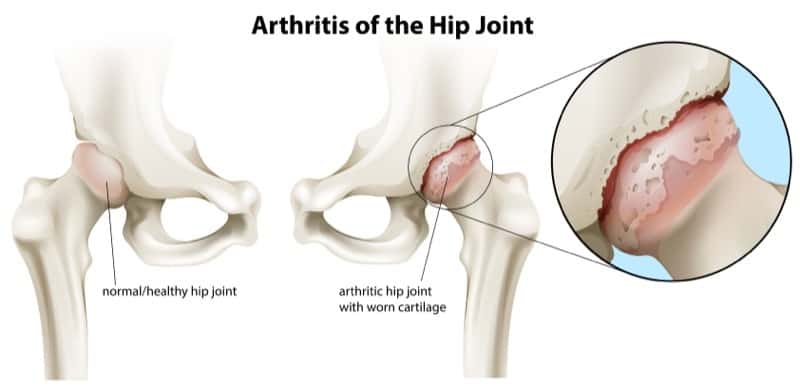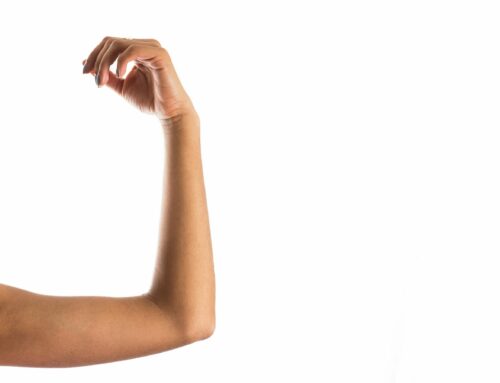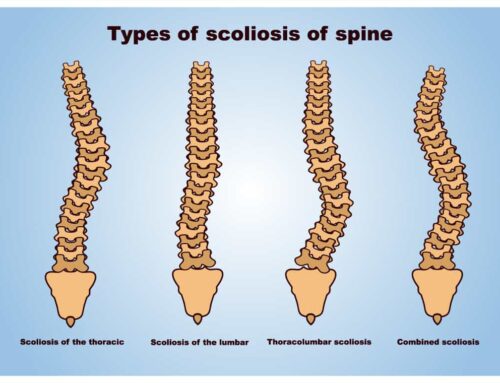The Hip Joint
Hip joint is a ball and socket joint which means the semi circular head of the thigh bone fits perfectly into the socket of the pelvic bone making it quite stable and flexible. However, due to injury or ageing the hip joint may get inflamed or swollen causing pain. There are various causes of hip pain but the most common ones are listed below
Why am I getting Hip pain?
Arthritis :
One of the most common causes of hip pain, Arthritis is nothing but wear and tear of the cartilage that surrounds the bones that makes up the joint. As we get older, our bones get older too. Hence, the cartilage becomes frayed and less smooth. This leads to swelling in the joint causing pain. The joint also becomes stiff if not moved and painful with colder weather. Osteoarthritis and Rheumatoid are the most common forms of Arthritis. Osteo is usually seen in older adults but Rheumatoid may occur in children as well.
Bursitis:
A bursa is a fluid filled sac that exists between the bone and muscle tendon. It helps to reduce friction with movement. The bursa may get inflamed or swollen with repetitive injury such as sports or due to direct injury like a fall. It is this swelling that causes pain. US scans are great at diagnosing a Hip bursitis.
Muscle or tendon strain:
Tendon is the attachment of the muscle to the bone. It is quite strong, however, it can get damaged due to repetitive trauma, overuse or direct injury. For example sports that involve running, jumping, sprinting etc. place a lot of strain on the hip joint which can result in injury. Furthermore, a muscle may become overused if not stretched or strengthened correctly leading to swelling and pain.
Labral tears:
Labrum is the elastic covering that encloses the hip joint to protect it. Most commonly a direct injury like a fall during sport or excessive stretching of the hip joint can tear the labrum. This in turn results in swelling and pain.
Other serious causes :
These may include tumours and necrosis of the head of the thigh bone. Necrosis can happen due to cutting off of the blood supply to the head of the femur from dislocations or trauma.
Where will I feel the pain?
This question may sound simpler than it actually is. Because the pain may vary and change in location. Usually the pain with bursitis hip is right on the bone on the outside of the hip. Patients are able to pin point the area. However, the pain with Arthritis is more diffuse and can feel right ‘inside’ the joint. The pain may be felt in the following areas:
Buttock
Outside of the hip
Outside of the hip
Thigh
How to get rid of Hip pain?
Easier said than done! Usually by the time the patients come to see a Physio, the pain has already been there for weeks if not months! The injury takes longer to heal if it hasn’t been treated immediately. Physiotherapy is the main stay of treatment for Arthritis, muscle or tendon strain and Bursitis. It is very important to see a Physio as soon as the injury occurs so it can be treated immediately. This in turn ensures a quicker recovery. Physiotherapists can diagnose the injury, order US scans or X rays if need be and administer the right hands on techniques to relieve pain. In addition to the above, Physios will show the right exercises to strengthen the muscles so the injury does not return. Exercise Physiologists can then take over to continue strengthening the hip joint and muscles in order to return to sports.






